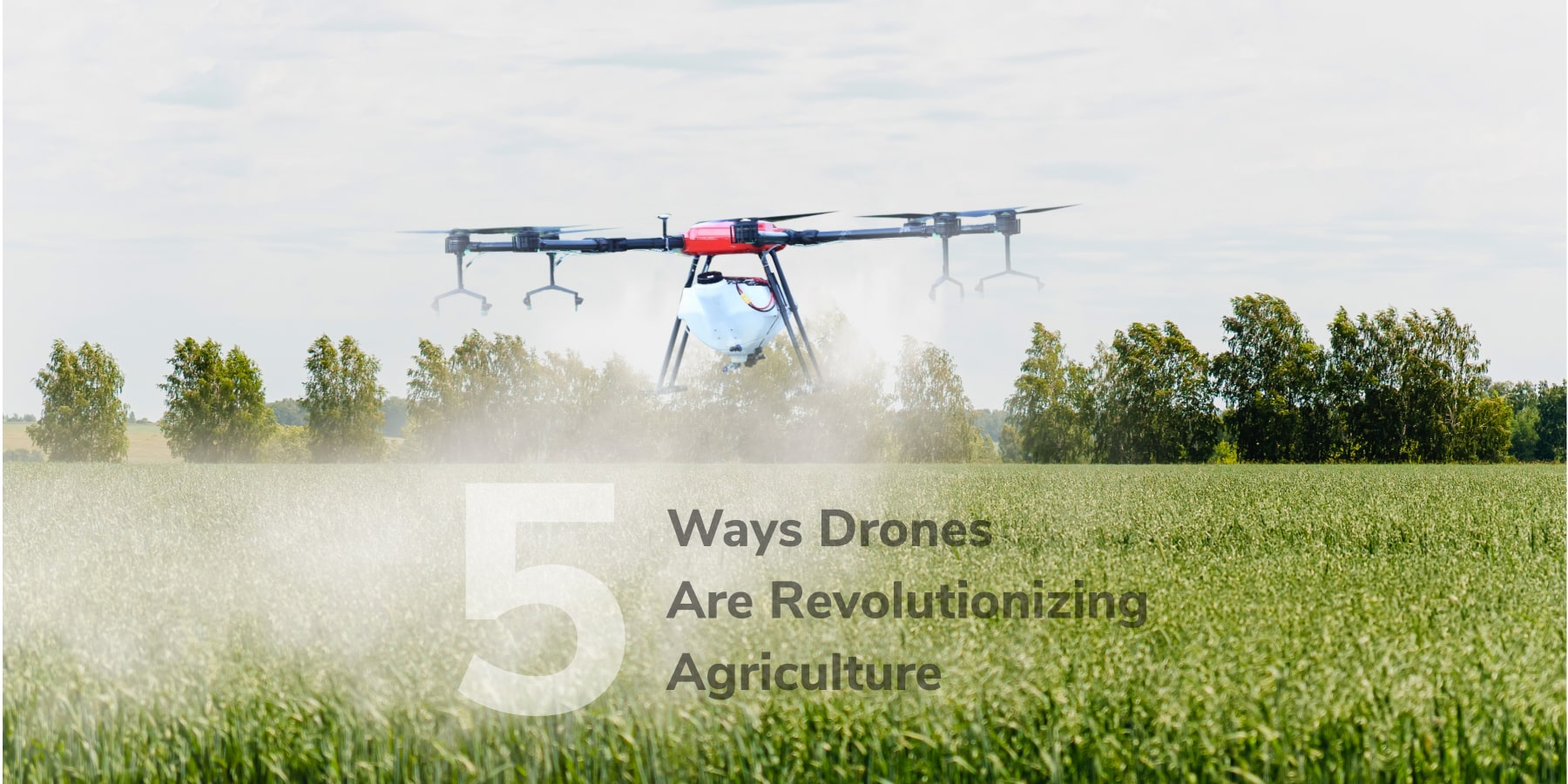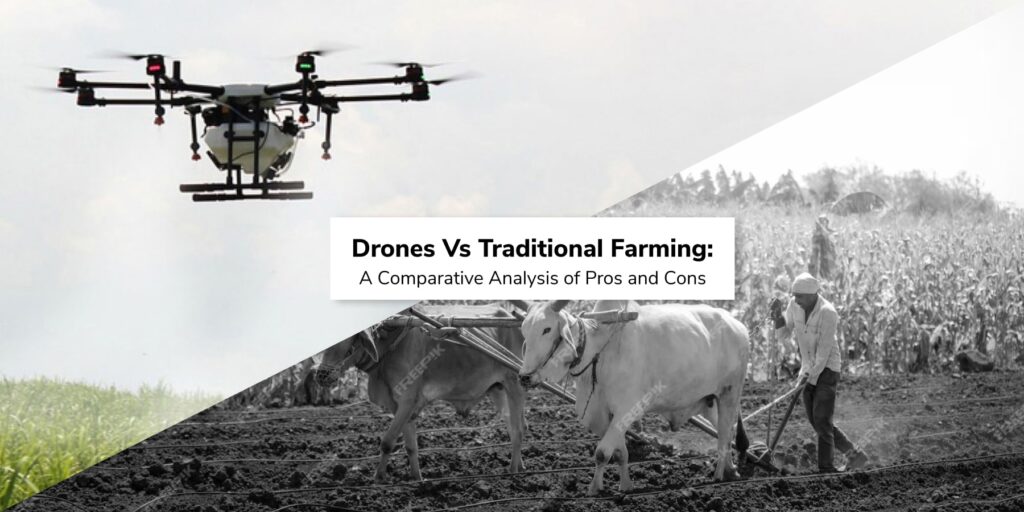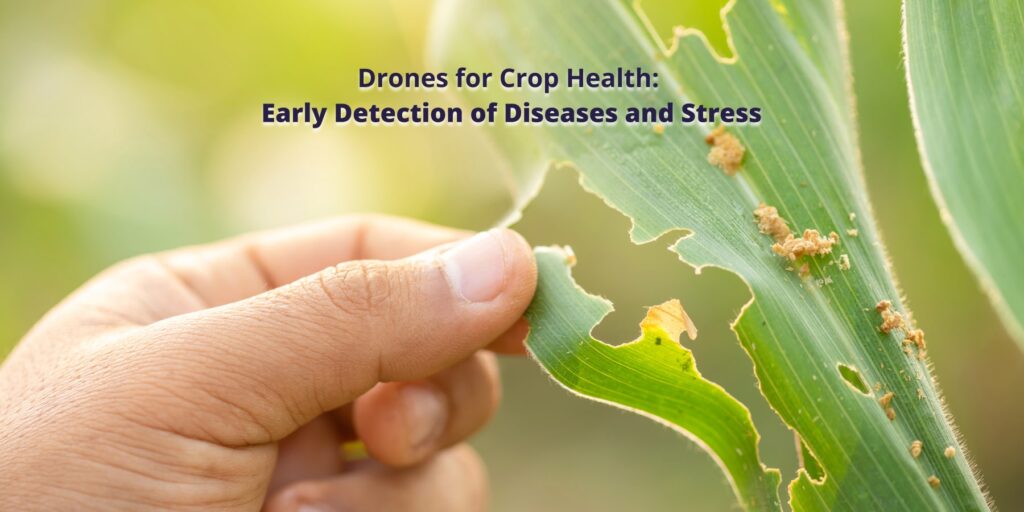
For centuries, farmers have walked their fields, heads bent toward the soil, eyes scanning for signs of trouble. It was a backbreaking, time-consuming process, often leaving pockets of problems undetected. But the sky is changing, and with it, the way we grow food. Enter the drone, a technological revolution buzzing onto the agricultural scene. These agile aerial robots are transforming farms, offering a bird’s-eye view that’s changing the game from seed to harvest.
1. Precision Takes Flight: Mapping and Monitoring Like Never Before
Drone-mounted cameras and sensors provide farmers with high-resolution maps and real-time data about their fields. Imagine precise 3D maps revealing subtle variations in soil composition, helping farmers plan planting patterns and optimize nutrient distribution. Drones can monitor crop health, spotting early signs of stress, nutrient deficiencies, and even pest infestations before they wreak havoc. This newfound precision reduces waste, increases yields, and saves farmers valuable time and resources.
2. Pest Patrol: Targeting Threats with Laser-Like Accuracy
Traditional pest control often involves blanket spraying, a wasteful and harmful approach. Drones equipped with multispectral cameras can identify specific areas where pests are thriving, allowing farmers to target their pesticide application with laser-like accuracy. This reduces the overall amount of chemicals used, protecting beneficial insects and the environment while saving money on expensive pesticides. In some cases, drones can even be equipped with specialized sprayers to deliver targeted treatments directly to problem areas, further minimizing collateral damage.
3. Irrigation Redefined: Watering Wisely, One Drop at a Time
Water is a precious resource, and inefficient irrigation practices can be disastrous for both crops and the environment. Drones equipped with thermal imaging cameras can identify areas where crops are thirsty, allowing farmers to pinpoint their watering efforts, directing precious water only where it’s needed most. This not only saves water and reduces energy consumption but also optimizes plant health and growth. Imagine fields receiving a customized drink, each plant getting the perfect amount to thrive.
4. Seeding the Future: From Scatter to Precision
Traditionally, seeding involved spreading seeds by hand or with machines, often resulting in uneven distribution and wasted seeds. Drones can now precisely plant seeds at optimal spacing and depths, ensuring maximum germination and plant growth. This not only increases yields but also reduces the amount of seed needed, lowering costs and saving precious resources. Think of drones as tiny, winged gardeners, meticulously placing each seed in its ideal spot for perfect growth.
5. Beyond the Field: Livestock Management Soars to New Heights
Drones aren’t just for crops. They’re also proving invaluable for managing livestock. Imagine herding cattle from the comfort of your control room, using drones to monitor their health, track their movements, and even identify strays in vast pastures. Drones equipped with thermal cameras can detect sick animals early on, allowing for prompt intervention and improved animal welfare. Additionally, drones can be used to deliver feed and medicine to remote areas, saving time and ensuring all animals receive the care they need.
The revolution isn’t just about the technology; it’s about the data. Drones gather vast amounts of information, creating digital twins of farms that allow farmers to analyze trends, make informed decisions, and optimize their operations in real-time. This data-driven approach opens doors to precision agriculture, a future where every decision is tailored to the specific needs of each field and each plant.
Of course, there are challenges. Regulations need to evolve to keep pace with this rapidly advancing technology. Privacy concerns must be addressed. And ensuring equitable access to drone technology for all farmers, regardless of size or resources, is crucial.
But the future is clear. Drones are here to stay, and their impact on agriculture is undeniable. They’re not just replacing traditional methods; they’re creating a whole new paradigm of efficient, sustainable, and data-driven farming. So, the next time you bite into a juicy apple, remember, it might just have been kissed by the sky, nurtured by the watchful eye of a drone. The future of food is taking flight, and it’s a breathtaking sight to behold.


